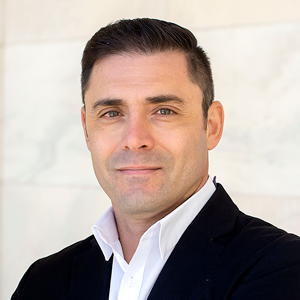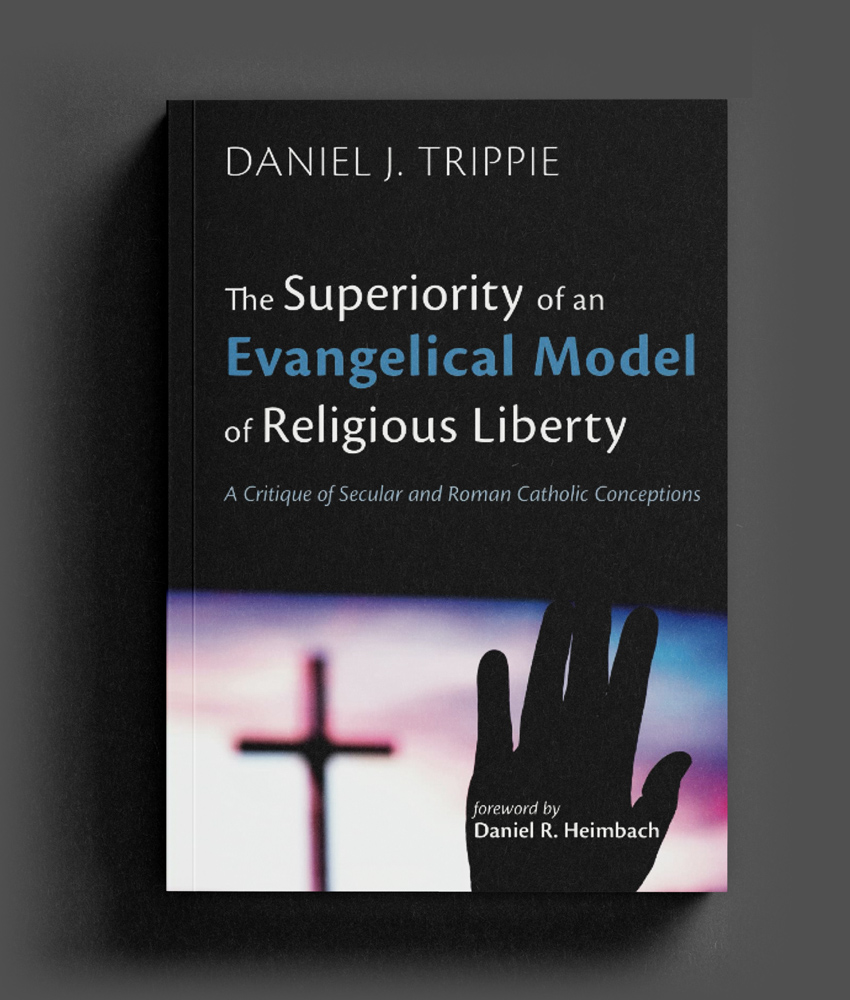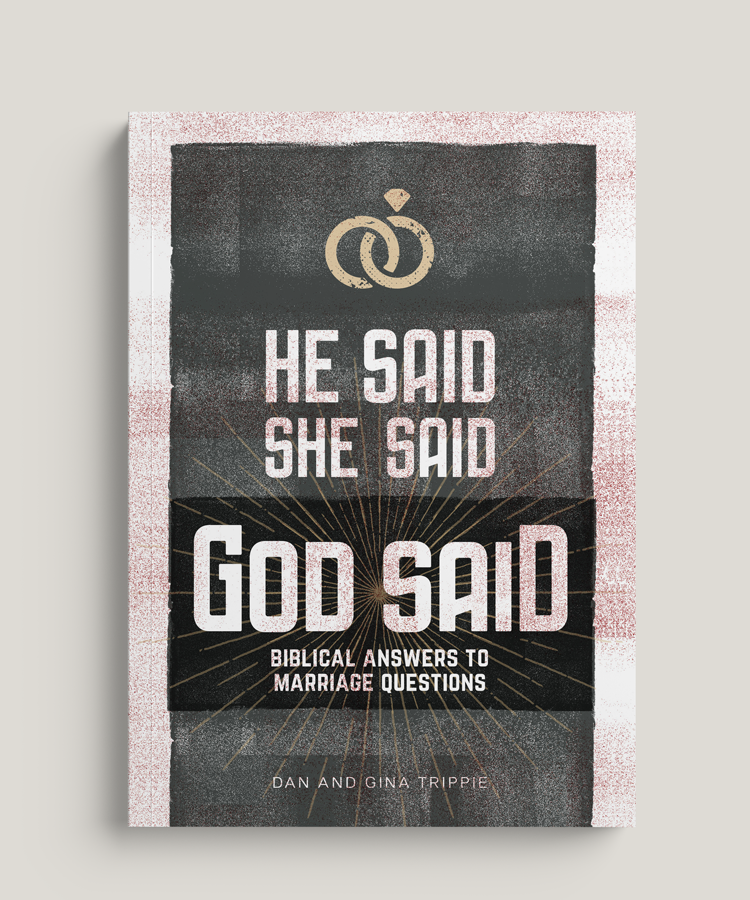ChatGPT set off another firestorm of controversy this week. Early in the week, OpenAI launched an improved version of its image-generation technology, allowing users to create images in the style of Japanese Studio Ghibli. ChatGPT and other AI platforms have created images for years, but ChatGPT’s technology enables users to manipulate pictures with nearly the same precision as the human artists at Ghibli. Once again, AI technology is pushing ethical boundaries, so how can Christians think critically about this latest challenge?
Ethical Concerns
Several ethical questions surface in light of this advancing technology. First, what is the relationship between a creator and their creation? In Genesis 1:26-28, Holy Scripture reveals that God created humans in His image. God immediately commissions humans to reflect His creativity through the work of procreation and subduing the rest of creation. Genesis 1:1-26-28 reveals there is a connectedness between one’s work and one’s identity as an image-bearer. This connection is profound because one’s work is part of one’s identity (not one’s whole identity, but a significant part). Thus, it does seem that one’s creative work is an extension of oneself.
The philosopher John Locke saw one’s connection to work as vital to human flourishing. Locke believed that one’s work and the proceeds from one’s work were essential to human dignity. For this reason, the U.S. Constitution saw protecting property rights as critical to maintaining life and liberty. Thus, the United States and other Western nations have sought to maintain strong copyright laws to protect intellectual property.
However, AI is pushing against copyright laws and autonomy rights. For instance, ChatGpt is being trained to replicate Ghibli’s style without the studio’s consent. From a property rights perspective, training ChatGPT on Ghibli’s style without consent seems to violate their authority over their artistic work. However, from a cultural perspective, artistic styles have historically flowed freely between creators’ styles and genres.
Second, AI is trained with such accuracy that detecting deepfakes will be increasingly difficult. This week, millions of images were uploaded to ChatGPT. With AI models learning from a large number of images and prompts, deepfakes are more likely to become more realistic. This poses the question of using a creator’s style to make offensive and harmful images. Sam Altman (CEO of OpenAI and ChatGPT) denounced using ChatGPT to create harmful content. But his words are not reassuring: “What we’d like to aim for is that the tool doesn’t create offensive stuff unless you want it to, in which case, within reason it does. As we talk about in our model spec, we think putting this intellectual freedom and control in the hands of users is the right thing to do, but we will observe how it goes and listen to society.” While technology is a product of human creativity (and using tech to write this article), we also know that sin affects how tech is used; thus, “putting control in the hands of users” is not reassuring.
Copyright and Personal Property
Nevertheless, using AI to create anime and other images is not as cut and dry as one may think. Studio Ghibli created a “style” or a “genre” and put it out for public consumption for nearly 40 years. This is not to say that Ghibli sacrificed its copyright privileges for public domain rights (there is a distinct legal difference between them). But whenever a design or style is out on display, it seems impossible to stop people from copying the form. This is why we say imitation is the highest form of flattery.
But this raises the key question: “What rights do creators have over the styles and genres they create?” While Scripture is clear that it is immoral to steal a person’s property (Exodus 20:15), it is not entirely clear what rights individuals have over classes and forms.
The Role of Beauty
Moreover, the command to subdue and have dominion includes the work of creating beauty, and beauty is communal. Artists want their work viewed, writers wish to be read, and musicians want to be heard, which inevitably leads to deviations and imitations. Creative work seems to build upon previous work. While each artist provides a slight deviation, one genre inspires another (Elvis was a deviation of B.B. King and Fats Domino). In this sense, AI might increase human imagination and thus open the doors to newer forms of art, which may enhance our calling as culture-makers. Since artistic beauty is usually made for public consumption, is it reasonable to claim ownership rights over the genre of beauty that is created?
Ethical Reflections
So, what questions can Christians begin to ask about using AI and images? First, Christians should take care not to violate the eighth commandment. We should avoid using AI to circumvent paywalls, steal content, plagiarize, or alter images of another without consent (I understand we are all public people in a media age, but respect for God’s image should make us stop and consider how we present others). Additionally, we must ask if we are using AI to perform a particular activity per our calling as image-bearers or if we are ceding personal roles and responsibilities over to a machine.
Second, how are we using aesthetics or styles others created to enhance beauty? There is debate about whether or not beauty should be considered a virtue. Plato and Aristotle argued that beauty reflected goodness and harmony; thus, beauty is essential to a virtuous life. Beauty invites Christians to reflect on God’s goodness and glory. Therefore, if one uses another’s style to alter images, one ought to ask if this enhances beauty, drawing me to dwell on God’s goodness, enhancing my love of God and neighbor, or does this take away and diminish? Using styles and aesthetics that dehumanize, objectify, humiliate, or otherwise draw away from goodness, truth, and beauty ought to be avoided.
Third, Christians should ask themselves what is the end goal of using AI to manipulate images. What is my purpose in making an anime avatar of myself or another? What am I hoping to communicate? Am I seeking to alter how I perceive myself? Or how others perceive me? Am I seeking to detach into a virtual world to escape the physical? Or does this, in some way, creatively communicate God’s ultimate command to promote flourishing and goodness?
Undoubtedly, AI’s challenges will continue to dominate the headlines. Christians need to accept that this technology is impacting every sphere of life. Therefore, we need to make every effort to think carefully and biblically before haphazardly using every available tool.









